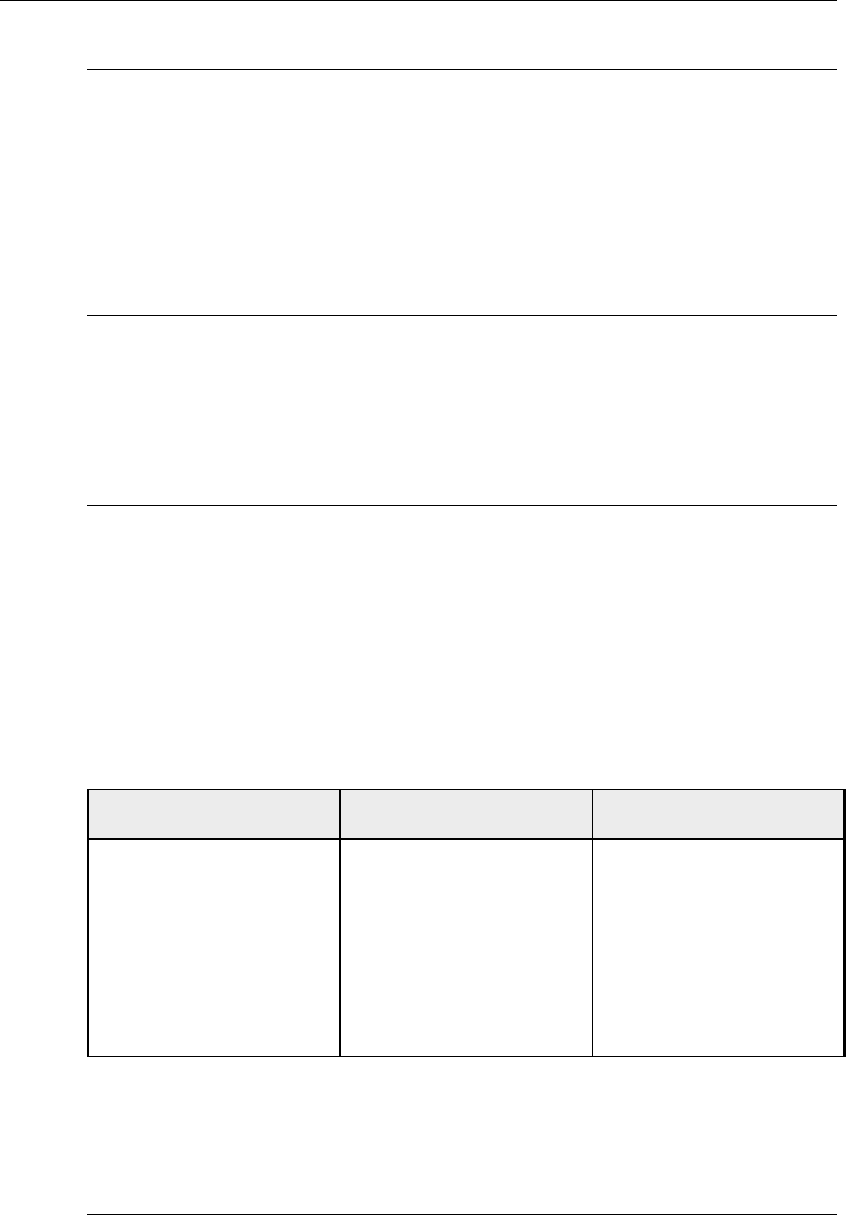
14
7. TDX2 Configurations
7.1. Introduction
To simplify set-up of the TDX2, 5 crossover modes are menu selectable. These all
have parametric equalisers, high and low pass filters, limiters, gain and delay. For
detailed information on these modes please study the block diagrams along with
the following descriptions. 2 x 3 way and 2 x 2 way crossover modes have the
option available to provide precise 'ganged' parameter adjustment for stereo
sources.
7.2. Crossover Modes
Please see block diagram. All crossover modes feature adjustable crossover
frequencies with a choice of slopes, 5 bands of driver compensation E.Q. per
output and delay time plus limiters for each output. Phase reverse is provided for
each output.
7.3. Filter slopes
A choice of Bessel or Butterworth slopes at 12/18/24dB per octave and Linkwitz-
Riley at 24dB per octave are provided. Since Low and High pass functions are
separately adjusted, asymmetric slopes are easily achieved, if required. It should
also be noted that the turnover frequency displayed on the TDX2 is the -3dB point
for all slopes except 24dB Linkwitz-Riley where the -6dB point is shown. If the -6dB
point is to be used for the Bessel or Butterworth filter, take the required crossover
frequency, multiply this by the appropriate factor from the following table and then
select the closest available frequency on the TDX2’s display.
Filter Type High pass filter factors Low pass filter factors
Bessel 12dB/octave 1.45 0.69
Butterworth 12dB/octave 1.31 0.76
Bessel 18dB/octave 1.37 0.73
Butterworth 18dB/octave 1.19 0.84
Bessel 24dB/octave 1.35 0.74
Butterworth 24dB/octave 1.15 0.87
Please note that unlike conventional analogue crossovers, crossover points and
slopes are set with absolute accuracy since component tolerance problems do not
occur.
7.4. Time Alignment
A further advantage of the TDX2 over conventional products is the provision of an
independently adjustable delay section for each output. This allows the true arrival
time from multiple drivers to be aligned precisely rather than relying on the
compromise 'phase adjust' approach. Delay time can be input in either time or


















